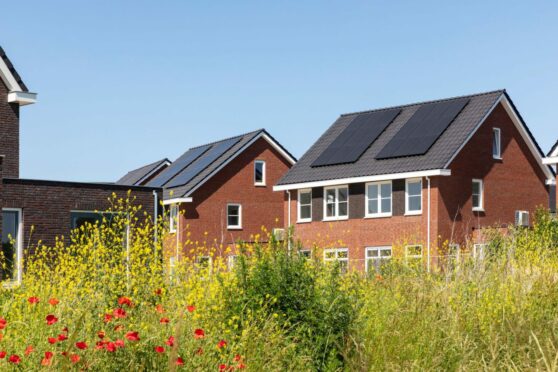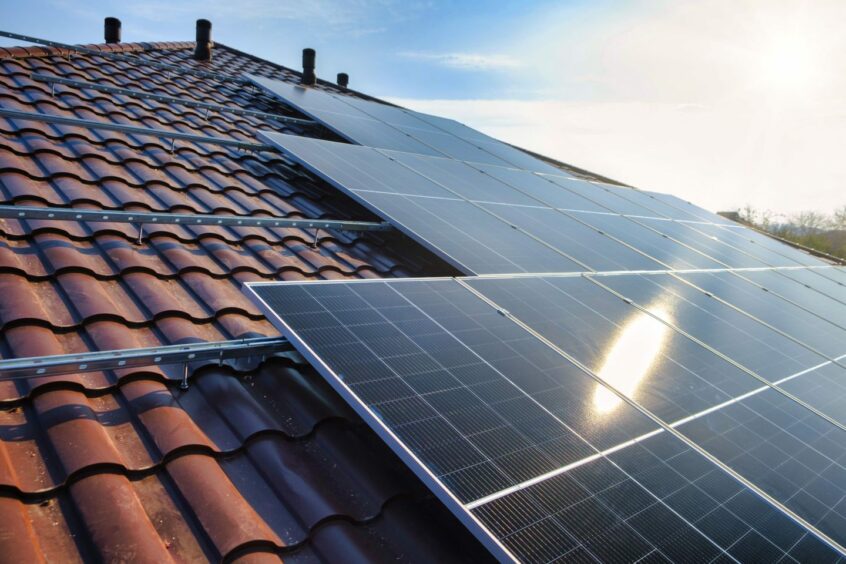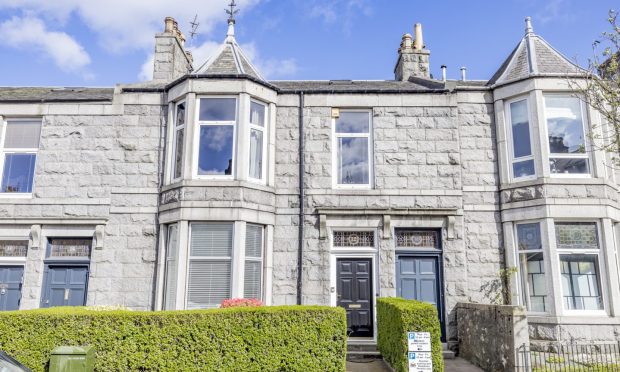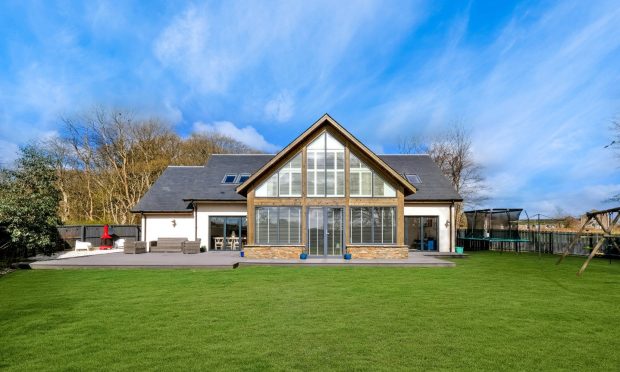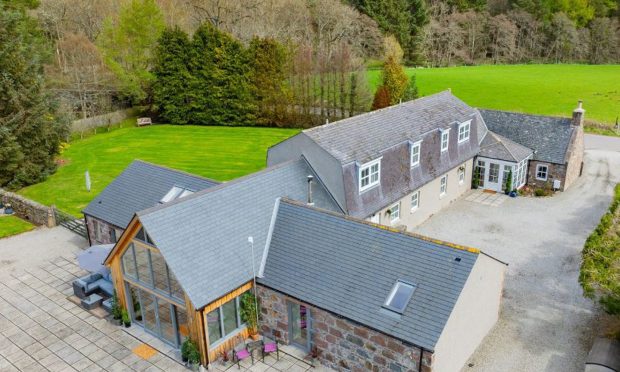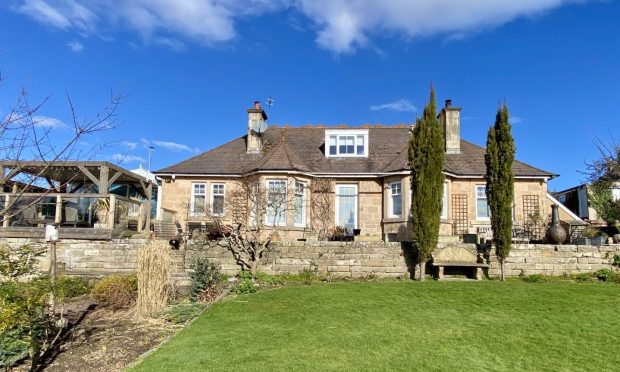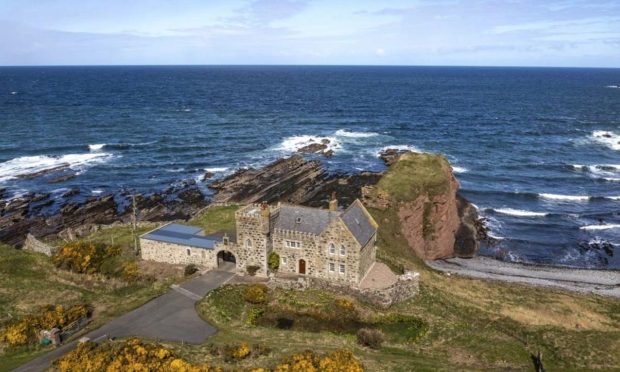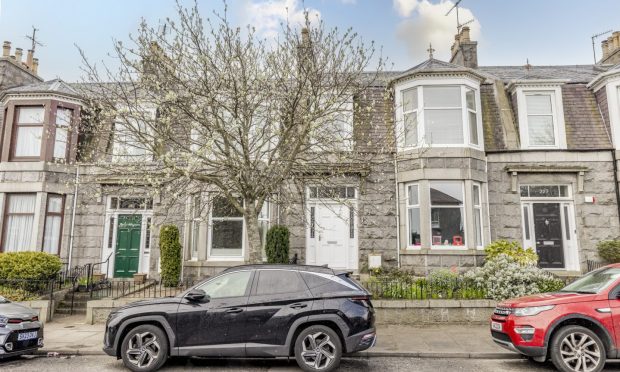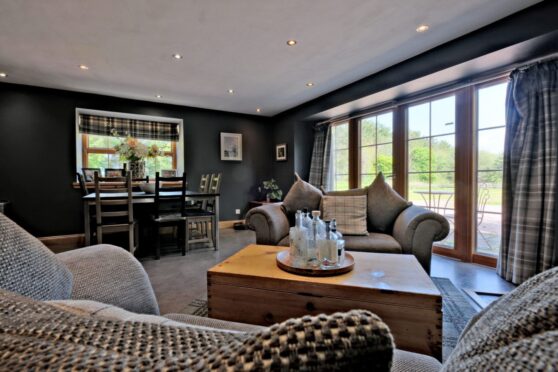They’re now a familiar sight on many roofs and increasing in popularity in the UK. In the age of very high energy costs is it time you unleashed the benefits of solar panels and installed them too? Here’s what you need to know.
-
Some Press and Journal online content is funded by outside parties. The revenue from this helps to sustain our independent news gathering. You will always know if you are reading paid-for material as it will be clearly labelled as “Partnership” on the site and on social media channels.
This can take two different forms.
“Presented by”
This means the content has been paid for and produced by the named advertiser.
“In partnership with”
This means the content has been paid for and approved by the named advertiser but written and edited by our own commercial content team.
Solar electricity panels, also known as solar photovoltaics (PV), capture light from the sun and convert it into electricity for your home.
They’re a series of flat panels, ideally pointed somewhere between south-east and south-west, preferably at an angle, so they can get as much light as possible during the day.
Solar panels and heat pumps can significantly reduce your energy costs and environmental impact.
They’re particularly well-suited for rural homes, and Home Energy Scotland’s advisors can provide guidance on their benefits, costs and suitability for your specific needs.
Here are some good reasons why they could work for you:
Cut your electricity bills
Energy costs are a significant concern for many households right now. If you’re generating your own energy your electricity bills will reduce, saving you money every year. Find out how much you could save by using Energy Saving Trust’s solar energy calculator.
Reduce CO2
Installing solar electricity panels will help you reduce your carbon dioxide (CO2) emissions, as electricity generated from sunlight produces no CO2 emissions. Electricity from the grid via your energy supplier is responsible for some CO2 emissions, because the grid’s electricity is made up from a mix of sources, some of which include burning fossil fuels.
Financial support
You might be eligible for help with the upfront cost under the Scottish Government’s Home Energy Scotland Grant and Loan scheme. If you already have renewables, talk to Home Energy Scotland about using the grant and loan to help add solar PV and an energy storage system to power your heat pump, or visit Home Energy Scotland’s Find Funding page for current guidance.
Self-reliance
Generating your own energy also helps lessen the impact of potential electricity price rises in the future. Installing an energy storage system also means you can use generated energy when you need it or at times of peak demand. You can also sell energy back to the grid.
What else do you need to know?
As stated earlier, your roof should face south, south-east or south-west to maximise the power output of your panels. Although you can install the panels facing in other directions, they won’t generate as much electricity.
Solar electricity panels will generate electricity during the day, so try to use appliances (like your washing machine) during daylight hours to take full advantage of the free electricity.
Installing solar panels can cost several thousands of pounds, but with the Home Energy Scotland Grant and Loan, you can get help to cover part of the upfront costs. Under the scheme, funding for solar PV and energy storage systems is currently only available as part of a package together with a heat pump, or high heat retention storage heaters, or a biomass heating system in limited circumstances where a heat pump is not suitable for a property.
A rural uplift worth up to £1,500 is also available to provide extra support to rural and island homes which can face increased costs with heat pumps installations.
Are solar panels right for my home?
Orientation of the roof: to get the best overall performance throughout the year from PV, your roof should ideally face south at a pitched angle of 30 to 40 degrees from the horizontal. However, east- or west-facing roofs can provide up to 85% of this performance and could even support you using more of your own generated electricity if your energy habits mean you’re more likely to use more electricity during the morning or afternoon. Installation is not recommended on roofs facing north.
Shading: any shading on a single module will affect the performance of all the panels because of the way modules are connected, unless you use multiple inverters. A system can cope with some shading early or late in the day without much reduction in overall output, but it should not be shaded between 10am and 4pm. Nearby trees, chimneys, TV aerials and other buildings commonly create shade, so you should take account of them before installing.
Space needed: the average system size of around 3.5kWp requires around 20m2 roof area. You can fit smaller or larger systems if you have the space.
Fitting panels to your roof: solar PV can be easily added onto most houses by integrating them into a new roof or bolting them to an existing one. As PV panels are made up of modules of about 1m x 1m, an ‘array’ can be designed to fit virtually any shape and size.
Installation: installing a solar PV system is not very disruptive and most systems are installed in two or three days. Unless your home is single storey, you’ll need to have scaffolding put up. The fixing system used to hold solar PV panels on your roof must be strong enough to support the weight of the panels in all weather conditions, including strong wind. They also need to be able to withstand a wide range of temperatures and to be installed so that they don’t let water get in through your roof.
Looking for free, impartial advice?
Visit the Home Energy Scotland website or call Home Energy Scotland free on 0808 808 2282 to speak to an advisor.
